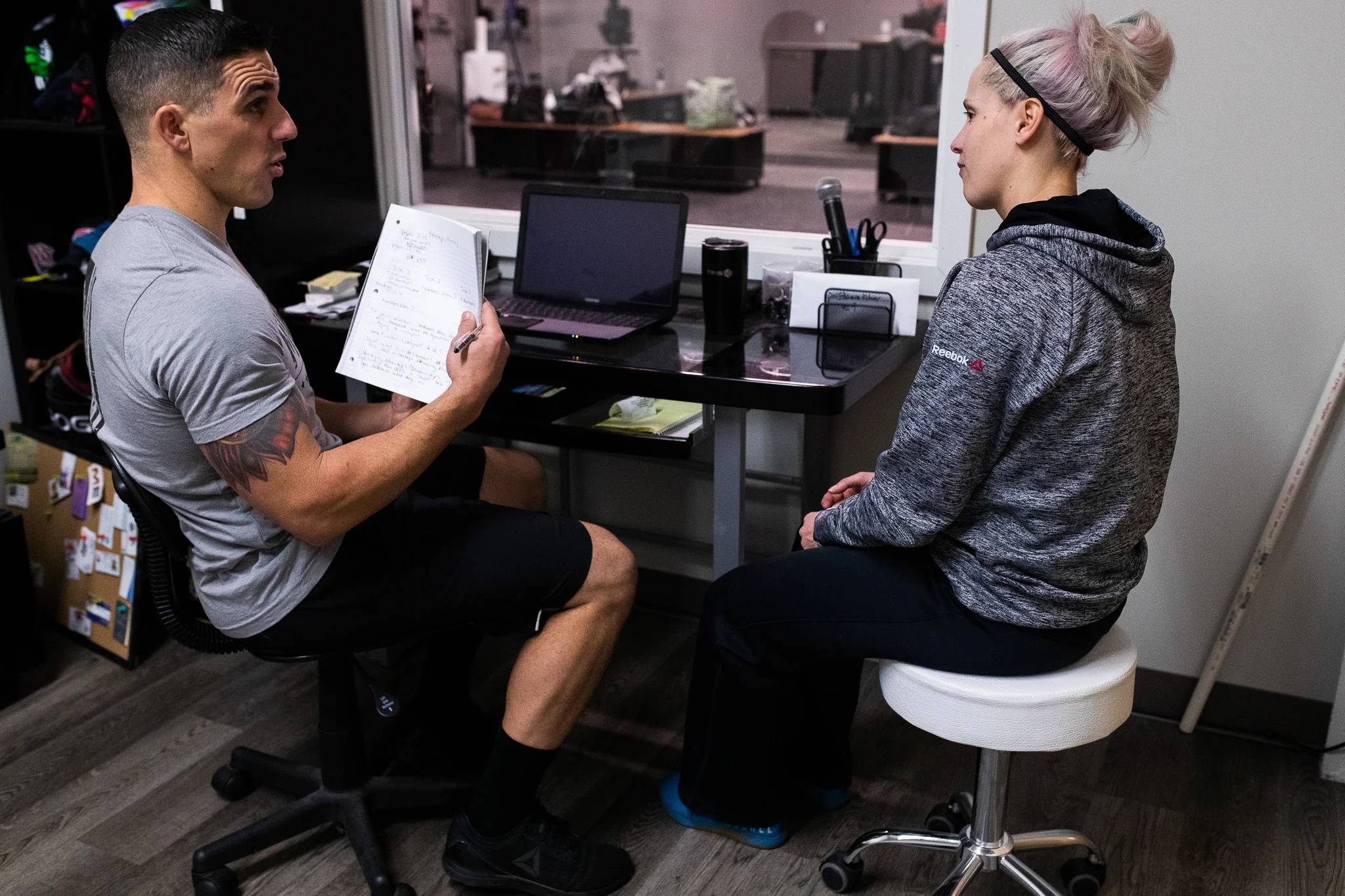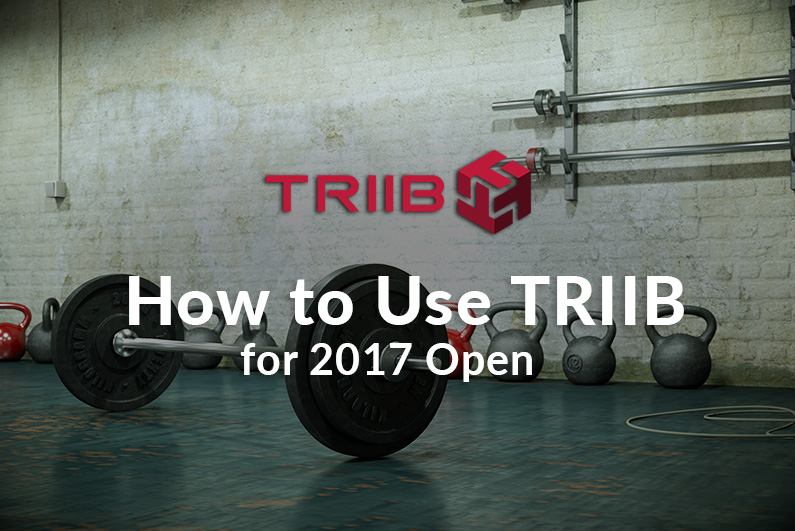When it comes to personal training businesses, the model for making money (and delivering value) is the most important thing to clarify.
A model represents one or more of the unique ways you can interface with clients to generate profit. Scaling this type of business, either as your main focus or as an add-on to an existing gym business, is dramatically changing so savy fitness entrepreneurs must be smart about the model they choose.
Gone are the days of being dependent on filling up a schedule with back-to-back sessions.
Today’s trainers can easily work with individual clients, small groups, in private and semi-private settings, online and more.
In light of the evolving landscape, we decided to take a deeper look at some of fitness’s most common business models and the benefits and roadblocks you might face when testing them out.
Whether you’re just starting your career as a trainer, trying to enhance your existing business, or looking to add a new service to your lineup, we’re here to break down these business models and help you match the optimal approach(es) with your current and future business goals.
Here are the pros and cons of five common personal training business models:
Model 1: Private
Private training is a one-on-one session lasting anywhere from 30-90 minutes, depending on the client’s personal preferences, schedule and goals. It’s been one of the most popular models for the last few decades, and it doesn’t seem to be going away anytime soon.
Private training starts with client assessment and moves into drafting a customized health and fitness program based on unique goals, limitations and needs. From there, each session unfolds on the client’s desired cadence (usually 1-2 times per week for 60 minutes) and includes one-on-one training, sporting activities, nutritional counseling and direct support on the journey to achieve their wellness goals.
Sean Murphy from Ultimate Performance London says that based on clients initial consultation, we design a tailored body transformation program that is unique to you using our custom methodology. This is a 12-week plan that is designed to evolve as your conditioning improves and will see you gaining lean muscle at a record pace. The Ultimate Performance (UP) 12-Week Body Transformation program provides personalized training, expert guidance, and comprehensive support, including nutritional and lifestyle coaching. Clients receive tailored workout plans, regular progress tracking, and access to state-of-the-art facilities. The program emphasizes commitment and accountability, leading to significant health and fitness improvements, the transformations are very impressive.
PRO: |
CON: |
|
|
Model 2: Semi-Private or Small Group
Semi-Private/ Small Group training is a happy medium/ hybrid between Private training and Group training and a fun, budget-friendly way for clients to experience the many benefits of personal training. It’s becoming one of the hottest offerings at most popular gyms and fitness centers.
Small Group training usually involves one trainer coaching 3-5 clients looking to add a more social component to their fitness routine. These clients might already be acquainted and are excited to embark on a fitness journey together. Session length is typically 30, 45, or 60 minutes.
PRO: |
CON: |
|
|
Model 3: Group
Group training is similar to Private training in one key regard: they both became really popular in the eighties. What started with the rise of aerobic classes has evolved into everything from HIIT training to yoga, pilates, cardio and bootcamp classes, CrossFit, boxing, martial arts and more.
Clients pay a monthly membership or subscription and attend in groups of 10-50 (depending on the size of the space) for 45-75 minute sessions.
PRO: |
CON: |
|
|
Model 4: Online/ Remote
With the onset of digital transformation, Online/Remote training is fast becoming one of the industry’s most popular business models. Sessions are delivered through various platforms and features including videoconference (Skype, Zoom, Go To Meeting, Google Hangouts), email, phone, etc.
An online membership program can help streamline all these interfaces into one, offering users additional features like appointment booking, knowledge libraries, community forums, chat rooms and other social media to help track goals, ideas and communication.
PRO: |
CON: |
|
|
Model 5: Challenge-Based
Challenge-Based training has become hugely successful with the rise of social media and online training. It’s an intuitive way for people to satisfy their social media cravings and marry them with their health and fitness goals. Bonus: the world gets to watch!
This model involves selling standardized short-term (4-6 week) packaged services to support clients in achieving targeted goals like race training, body transformation, mountain climbing, and other intensive fitness endeavors. Think something that both challenges and changes them… and you’re steering toward success.
PRO: |
CON: |
|
|
Your Personal Training Business Is…. Your Business
At the end of the day, how you approach your personal training business is… most definitely your business. If time really is money, and you feel like you’re spending yours wisely, then it’s safe to say you can stick with what you’re doing.
But maybe it’s time to branch out into unchartered territories. Try tacking on one or two Small Group sessions to see if they’re a fit. Conduct a little more research on popular online fitness platforms or challenges. Whatever your strategy of choice becomes, be sure it includes three of the most important career takeaways: revenue generation, client satisfaction and continued passion for what you do.
Power Your Growth With 1-on-1 Bookings & BillingTriib customers are leveraging the power of 1-on-1 appointment bookings backed with membership billing and Challenges, all in one platform. Click to get the tour! Customers can find help on leveraging Appointments by visiting the help center, here. |





